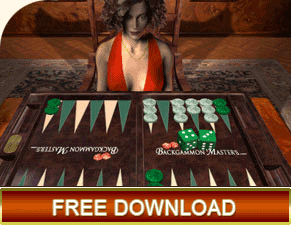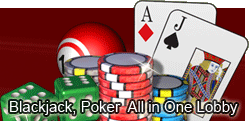
What are the differences between backgammon boards?
Other than obvious cosmetic differences such as size, material used and cost, you will
find that backgammon boards all contain the same features. Some may unfold, acting as the
storage container as well as the board. All backgammon tables must show 12 triangles
which connect to the outside edge and point inwards. These must be in two alternating
colours to show where the pieces (checkers) are placed. These are called points and total
24 in all.
Each point is numbered from 1 to 24 during play, though no numbers are visible on
physical backgammon boards. This is because the players move in opposite directions, so
number 1 for player A is number 24 for player B. Online backgammon boards may be numbered.
This is because each player sees only their own screen and so their usage does not cause
confusion for their opponent.
All backgammon boards require a bar in the centre that divides the home (inner) board
from the outer board. They differ in appearance and some may sit on a ridge if the board
also acts as storage for the pieces, but will serve the same function.
All backgammon boards must contain at least 30 checkers in 2 colours, though many
contain a few more for spare. A pair of spotted dice will accompany all sets, as they are
integral to the game, determining the amount of moves each player can make. A dice with
the numbers 2, 4, 8, 16, 32 and 64 is also required for tactical play.
Now you know the requirements of backgammon games, you can choose a functional one that
suits you. Remember, colour and size are of no importance to the game, so long as the
areas are marked clearly and the game can be played without hindrance.

